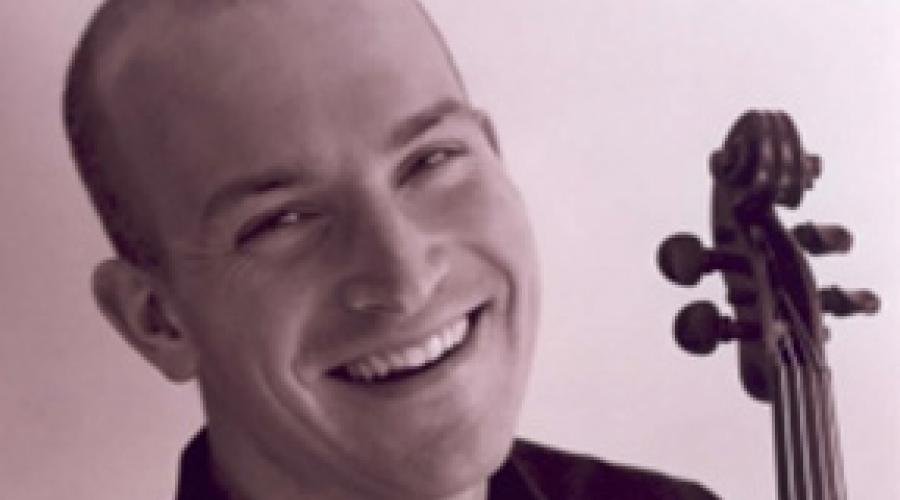
Archive
CNMAT Flashback
A look back at some items in our archives.
Meridian Music Composers In Performance Series presents Nils Bultmann and David Wessel
NEWISMA: International Symposium on Architecture and Music in New Media Art
Archive Browser
Sin-synth
This module frees the user from the tedious details of synthesizing sinusoidal models from SDIF files.
Weather Report
Downloads and reports current weather conditions in United States Locations.
News Cycle #2
For video and live electronic sound
John Cage Prepared Piano Max/MSP Player
CrossTalk Max patch
Max patch for CrossTalk by Jay Cloidt. See main CrossTalk page for more information
int2digitlist
This abstraction takes an input integer and converts it to it's separate numerical components for output.
int2digitlist is useful in order to pass an instruction set as a single message...
One should consider this abstraction for special case usage.
key_lookup
Key_Lookup is a graphically-based keyboard that can be loaded as a bpatcher.
random-in-range
This abstraction takes a list of two integers specifying a random range, and outputs an integer as a result of that range specification.
You can obtain the number by sending the list or by polling the object with a bang.
Music 29 Overview
All patch links and references for MUS29 Labs. Tools are included either in the depot or as supplementary additions thereof.
To ensure you have everything on your machine for these tools, please download the CNMAT-Everything package located on the downloads page, then point your copy of Max to the download on your Hard Drive.
Steps:
- 1. Download the Everything package
letter2num
letter2num is a utility that allows you to convert alphabet characters into integers.
This is useful in situations where you'd like to allow your users to enter in characters that correspond to ids in your internal patch systems.
bank-tagging-tool
The bank tagging tool is a bpatcher module that allows for tagging of samples in a given sample set.
stepseri
A step-based series. This abstraction accepts arguments in order to generate a list.
Input: bang
Output: list of the series generated
letter2num-list
letter2num-list is a utility that allows you to convert alphabet-based lists into integer-based lists.
This is useful in situations where you'd like to present a user interface whereby letters are entered and the corresponding numbers can be used for your internal patch system.
audition-and-decide I and II
Both versions of audition-and-decide are meant to serve as exams created by a max programmer / administrator of said exams.
The quiz format differs slightly between versions, and consists of various questions relating to sonic descriptors the user answers. In so doing, they explore the sound collection.
Here is a summary of the obligatory requirements to create your own exam:
list-inc
list-inc is simply an incrementing list of size n. You use it by passing an int into the object which generates a list of that length. The list increments from an offset specified by the argument, or by passing in the offset message. BANG outputs the list again.
multichannel_player
multichannel_player is a bpatcher module that allows you to map n channels to m speakers using any configuration you'd like.
Simply edit a collection textfile (coll object format) with your audio files and fill out the arguments.
Example syntax for coll file:
1, somefile01.aif;
2, somefile21.aif;
3, somefile11.aif;
Arguments:
audition-soundfiles~
Preview a folder of sounds for playback. You can choose from a menu, by id, or at random. Set gain for individual sounds to be played back with and repeat played of chosen soundfiles.
pathpop
Specifies an offset of directories to pop up from the current patch's directory. An argument of zero outputs the current patch's directory.
pstore-simple-storage
A quick way to store and recall slots. Basically a drop in replacement for the preset object, with some enhancements.
Use this is an object prototype for quick access in building and/or testing the functionality of a patch.
durations-to-onsets
This helpful abstraction takes an input list of beat durations and converts it to the appropriate amount of spaces for n-beats. The first beat in the list is the event, then the next (n-1) beats (if applicable), are non events, or resets. Consequentially, the output list's length is equivalent to the summed amount of beat durations...



